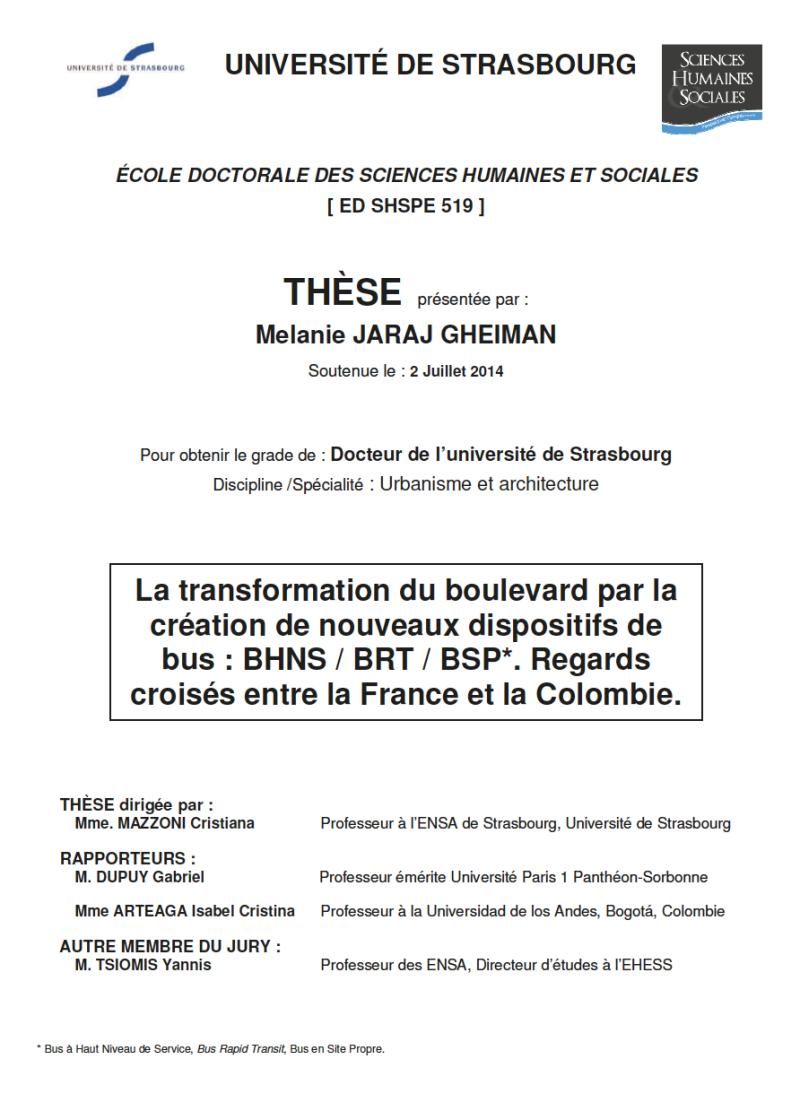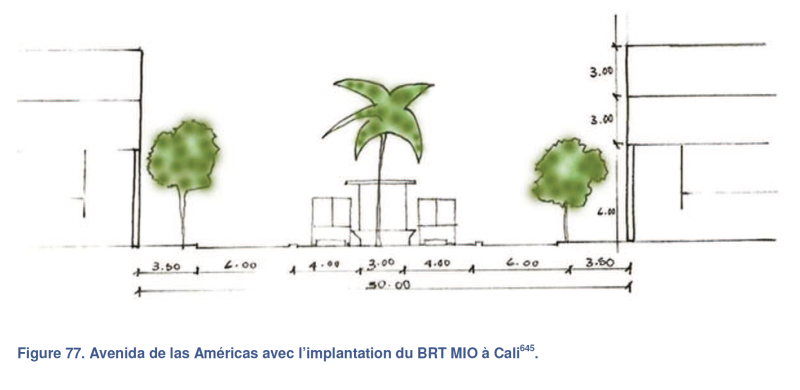La Transformation du Boulevard par la Création de nouveaux Dispositifs de Bus
Taking into account different perspectives from Europe and Latin America through a crossing view methodology, we have studied the birth and transformation of a new type of boulevard developed since Haussmann. This boulevard derives from a roadbed distribution favoring the organization of various forms of mobility into dedicated corridors according to their function (pedestrians, bicycles, buses, cars). It also reflects a form of stereotyping in the urban project, contributing to an even more technical street planning. It refers to a road space pretending to adopt and adapt exogenous models without really succeeding on producing urban configurations in accordance with the city’s particular landscape, whilst creating fragmented road spaces. In the 21st century, this composition has been reinforced by the introduction of new bus devices (own-site bus service, BRT, BHLS). The example of the Magenta Boulevard in Paris transformed into a civilized space and the las Américas avenue in Cali with the introduction of the MIO BRT illustrate this issue.









